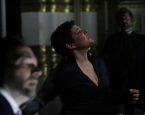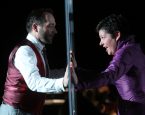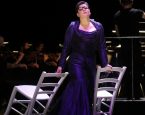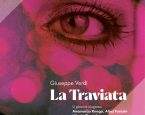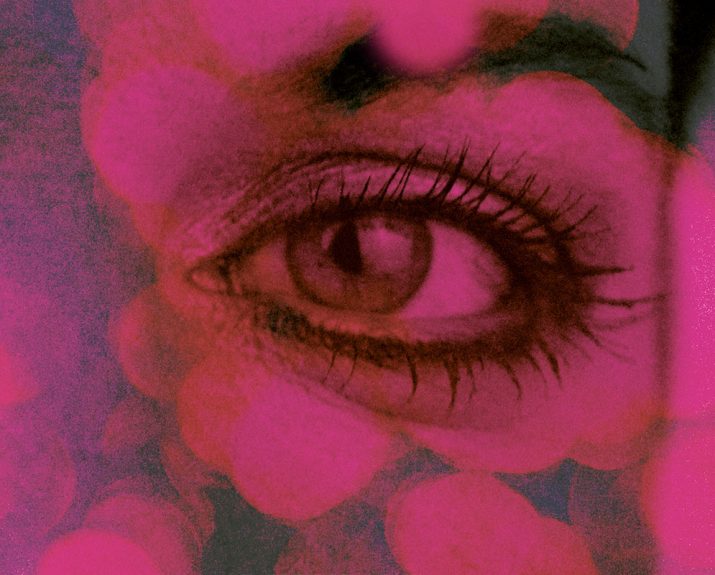
Premiere LA TRAVIATAGiuseppe Verdi
Riječki simfonijski orkestar
Riječki operni zbor
Based on Dumas’s Le Dame aux Camélias (“The Lady with the Camellias”), La traviata is undoubtedly the most famous opera within the melodrama genre and an audience favorite. Interestingly, at the world premiere at the Teatro la Fenice in Venice on March 6, 1853, Verdi and Piave insisted that the story be set in modern times, but the theatre management demanded that the story be set in the past. Though the first performances were unsuccessful and stirred up numerous controversies over their undesirable content, Traviata has survived and remains the most performed opera on all the stages of the world over the last several decades, continuing to win over audiences with one of the most difficult soprano scenes in opera literature (“È strano! Ah, fors’è lui”) and one of the most tragic (“Addio del passato”), as well as a celebrated drinking song (“Libiamo ne’ lieti calici”) and numerous duets and ensemble pieces.
The opera Traviata remains relevant to this day, and, with the value of its music and dramaturgical integrity, it opens up various paths of directing and dramaturgical interpretation. The last reprise of Traviata in the Rijeka Opera was in 2015, and the new Traviata features special performance conditions adapted to current epidemiological protection measures. In the new staging, the orchestra performs on the stage, with the choir divided between the lodges and the gallery. Anti-epidemic measures factored directly into the direction and scenographic concept of the show, and thus Traviata became a tragedy of the impossibility of intimacy, which thematizes isolation, infection, social distance and separation.
The performance has two intermissions and lasts approximately three hours.
La Traviata is the story of a social outcast’s suffering, her errors and her solitude. Never before did a composer force the audience in such a strong way to develop deep compassion for a character that in reality nobody would publicly support. By the time of the composition in 1852, Verdi was in a relationship for four years with the singer Giuseppina Strepponi, who already had two children born out of wedlock – thus earning the scorn of society.
In the very first bars of the score it is clear: Violetta is and will always be alone. Here, in some of the most beautiful bars of Verdi’s oeuvre, the whole pain of the finale is already apparent – for this woman there will be no salvation, no happy end. She is caught in a society of people who are friends as long as the friendship brings them laughter and superficial joy, but who leave her light-hearted and shrugging after the slightest sign of weakness, chasing the next high somewhere else. Is there hope? Could this Alfredo be the one who can rescue her from her inner solitude in this “populated desert which calls itself Paris”? For a short moment it seems so. But it takes only three months for her to realize: this is an illusion – he can not. The social pressure, personified by Alfredo’s father Giorgio Germont, is too large for a true relationship between a well situated man and a former courtesan. She leaves him, sacrificing her last chance at happiness and true love.
Back in Paris, back in company, but lonelier than ever, soon the illness strikes her hard. For the Germonts to realize their errors it takes too long – è tardi. Nevertheless, in the last moments of her life, Alfredo is returned to her and the pain suddenly appears to ease. Verdi grants her in the moment of her dying one last glance of happiness: “o gioia!”. Alfredo and his father are left devastated; the orchestra stabbing grief into their, and our, hearts.
Violetta’s pure soul and self-sacrificing nature are not seen by her antagonist. Her goodness is left poorly rewarded by the others.
However, by having painted Violetta with the most colorful and complex characteristics, always showing her deeply human and sensitive being to us, Verdi evoked our compassion for this ostracized woman.
A few years after the completion of La Traviata Verdi married Giuseppina Strepponi.
For me, musically Verdi is following the psychological development of the characters at all times. The coherence between text, melodies and accompaniment is always there. And at most times it shows us Violetta’s view on the actions.
It starts with the Ouverture that lets us feel the very core of the drama: the suffering of Violetta. The electric, almost overdriven music of the first numbers paints the light and superficial atmosphere of her existence before Alfredo. With him coming into her life, that former life literally moves in the background: the dance music now comes from another room. In the following stretta, in which her friends say goodbye, the initial music of excitement has changed: Under the light melody we hear tremolo counterpoints of the lower strings, the chorus starts singing pianissimo – Violetta has already distanced herself from her past, which now has a pale aftertaste.
The music between her and Alfredo is accompanied by slow waltz-rhythms almost every time; making it easy for us to understand the comfort and hope she feels when being with him or thinking of him. However, they rarely sing in a duetto together (apart from “Parigi o cara” in Act III) – much rather they are singing past each other. This becomes most evident in the scene in which Violetta already knows that she has to leave him, but all he gets from her emotionally outpouring farewell “Amami, Alfredo” is proof of her love to him “ah, vive sol quel core all’amor mio” – a hurting misunderstanding.
The way Verdi makes us understand the vast development of Violetta is to find especially in the second and third act. Although it is still structured in musical numbers, arias and cabalettas, it has an enormous inner dramatic connection and unity.
If we take as an example the scene with the father Giorgio Germont (act II), it is hard to overlook and overhear how the music goes with the emotional states of Violetta. Her pride in the beginning (“Donna son io signore”, subito forte, interrupting Germont), her honest love (“piú non esiste, or amo Alfredo”, warm harmonies, rising melody and round string accompaniment showing her security in this matter), her fear (“ah, tacete, terribil cose chiedereste certo”, nervous tremolo, sudden tempo change), the almost rebellious anger towards the inevitable (“no, giammai” tutti fortissimo and abrupt chords), then her action of opening up her secrets to Germont in a mix of desperation, fear and determination in “non sapete” carried by extrem dynamic contrasts, and finally her sad and soft giving-in to the circumstances, her sacrifice (“dite alla giovine”, most simple and soft accompaniment, middle range of the voice, showing the purity of her action): all of this is carried by such a comprehensive way of the composition that the drama and the conflict becomes breathtaking to me, every time. It is especially this way of composing that creates the empathy for the outcast and misunderstood that we can hardly revoke from.
Valentin Egel















